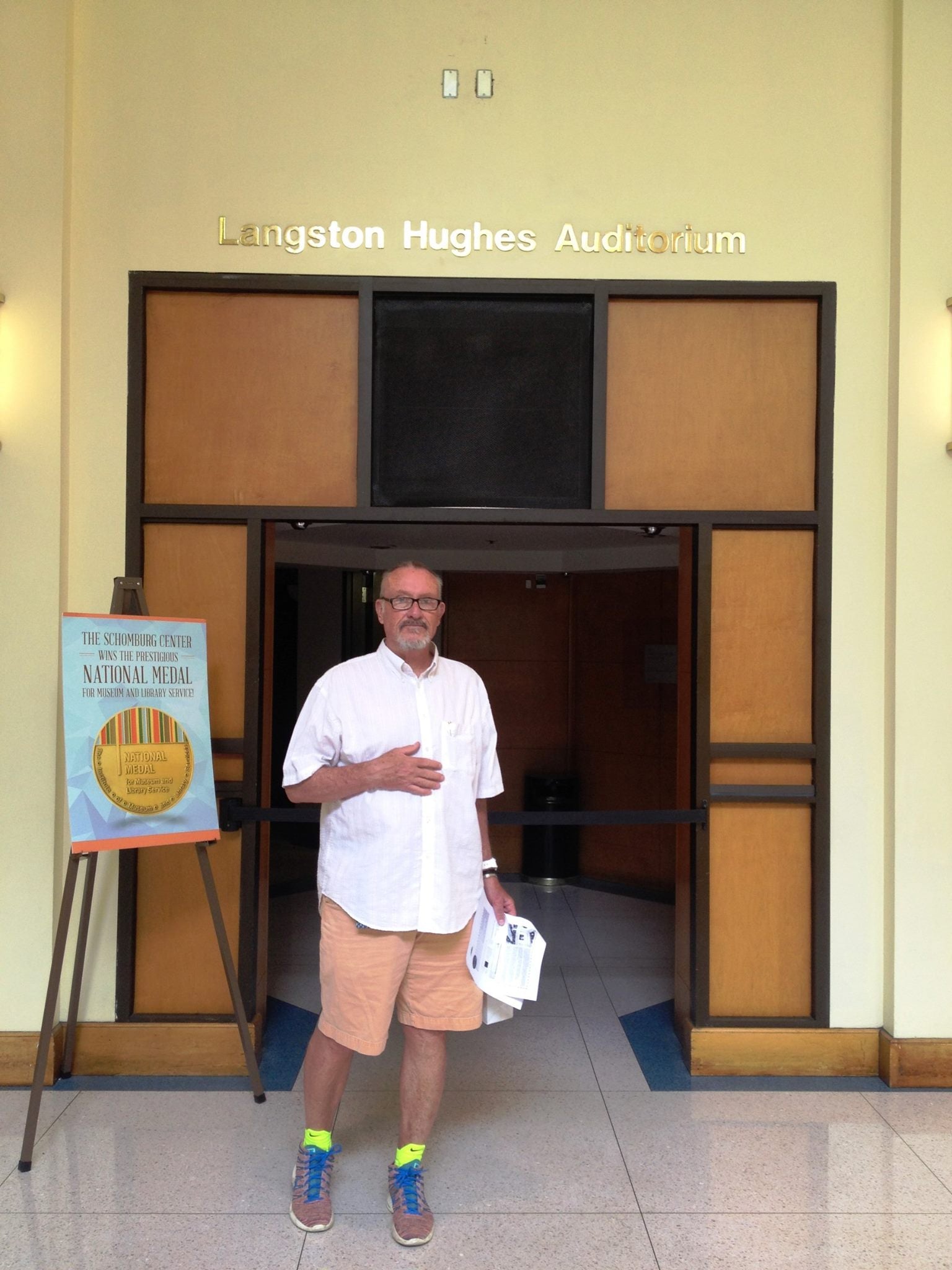Greatest Writers: Toni 'Morrison, SULA
Regular price
$29.99 USD
Regular price
$29.99
Sale price
$29.99 USD
Shipping calculated at checkout.
Published 1994; 192 pages
Dialectic Journal/Lesson Plans: 52 pages, 24,049 words
Elsewhere (in an essay “Unspeakable Things Unspoken”), I have detailed my thoughts about developing the structure of Sula. “Originally, Sula opened with ‘Except for World War II, nothing interfered with National Suicide Day.’ With some encouragement I recognized that sentence as a false beginning.” Falseness, in this case, meant abrupt. There was no lobby, as it were, where the reader could be situated before being introduced to the goings-on of the characters. As I wrote in that essay, “The threshold between the reader and the black-topic text need not be the safe, welcoming lobby I persuaded myself [Sula] needed at that time. My preference was the demolition of the lobby altogether. [Of all of my books], only Sula has this ‘entrance.’ The others refuse the ‘presentation,’ refuse the seductive safe harbor; the line of demarcation between…them and us. Refuse, in effect, to cater to the diminished expectations of the reader, or his or her alarm heightened by the emotional luggage one carries into the black-topic text…. [Although] the bulk of the opening I finally wrote is about the community, a view of it…the view is not from within…but from the point of view of a stranger—the ‘valley man’ who might happen to be there and to and for whom all this is mightily strange, even exotic….[In] my new first sentence I am introducing an outside-the-circle reader into the circle. I am translating the anonymous into the specific, a ‘place’ into a ‘neighborhood’ and letting a stranger in, through whose eyes it can be viewed.” This deference, paid to the “white” gaze, was the one time I addressed the “problem.”
Had I begun with Shadrack, as originally planned, I would have ignored the gentle welcome and put the reader into immediate confrontation with his wounded mind. It would have called greater attention to the traumatic displacement this most wasteful capitalist war had on black people, and thrown into relief their desperate and desperately creative strategies of survival. In the revised opening I tried to represent discriminatory, prosecutorial racial oppression as well as the community’s efforts to remain stable and healthy: the neighborhood has been almost completely swept away by commercial interests (a golf course), but the remains of what sustained it (music, dancing, craft, religion, irony, wit) are what the “valley man,” the stranger, sees—or could have seen. It is a more inviting embrace than Shadrack’s organized public madness—it helps to unify the neighborhood until Sula’s anarchy challenges it.
Outlaw women are fascinating—not always for their behavior, but because historically women are seen as naturally disruptive and their status is an illegal one from birth if it is not under the rule of men. In much literature a woman’s escape from male rule led to regret, misery, if not complete disaster. In Sula I wanted to explore the consequences of what that escape might be, on not only a conventional black society, but on female friendship. In 1969, in Queens, snatching liberty seemed compelling. Some of us thrived; some of us died. All of us had a taste.
Share
Mr. Brovsky's Vault
To thine own self. be true.

Mr. Brovsky's Vault is filled with Secondary (10-12) Lesson plans for year-long and semester classes in the Humanities.



